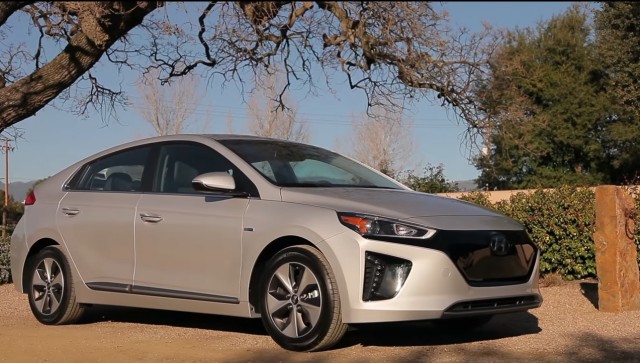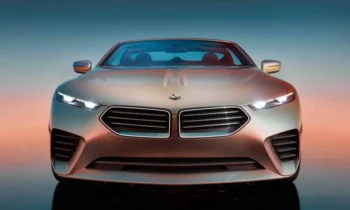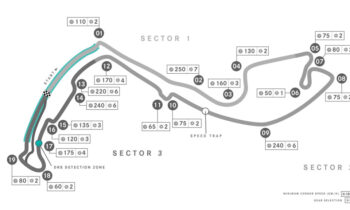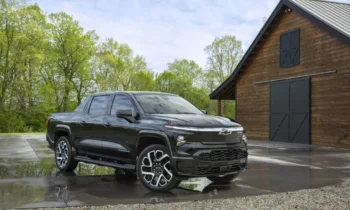The sales growth of electric cars has made strides in recent years, and California’s Zero-Emission Vehicle mandate has more than a little to do with that.
The program adopted by the state of California more than 20 years ago, and much modified since then, requires that carmakers sell a certain number of zero-emission models in California and 10 states that have adopted its emission rules.
What’s less well known is that certain automakers have already surpassed the expectations, according to David Reichmuth, senior engineer in the Union of Concerned Scientists’ Clean Vehicles Program
DON’T MISS: UPS electric van with fuel-cell range extender to be tested in California
That means that a target formerly considered quite aggressive now seems well within reach.
The numbers of zero-emission vehicles required to meet the regulation correlates to each automaker’s total sales in the state, with only the six highest-selling makers affected from 2012 through 2017.
Three types of eligible vehicles each grant a different number and type of credits: plug-in hybrids are at the lower end, while battery-electric cars earn more, and longer-range hydrogen fuel-cell vehicles are the most rewarding.
The program was last reviewed in 2012, when goals for model years 2018 through 2025 were set.
Those goals were just reaffirmed by the California Air Resources Board in light of the Trump Administration’s intent to revisit, and likely reduce, national fuel-economy targets.
Starting in 2018, companies are now required to increase their sales of zero-emission vehicles of all types, starting at 4.5 percent for 2018 and reaching 22 percent for 2025.
READ THIS: Plug-in electric car sales to double in 2018: predictions
That rate represents about 1.5 million vehicles in California and an additional 1.5 million units on the East coast.
In March, the program was reviewed to evaluate whether manufacturers were on track or not. A new target was set to increase at 8 percent, almost half of the previous goal.
The change can be explained by the number of credits manufacturers have already managed to accumulate, placing some of them ahead of their targets.
Electric-car ranges have increased faster than first anticipated, meaning more ZEV credits have been accumulated more quickly than legislators expected.
Some brands are even ahead of their sales target: BMW leads the pack, with 8.9 percent of its sales being plug-in electric vehicle in 2016.
That’s double the base rate that had set for 2018. (Tesla, of course, comes in at a 100-percent rating, since it only sells battery-electric cars).
CHECK OUT: Could water be the secret to faster electric-car battery technology?
General Motors comes in second at second with 7 percent, mostly carried by Chevrolet’s 9.7-percent sales of zero-emission vehicles (the Chevy Spark EV and now Bolt EV) and partial zero-emission vehicles (the two generations of Chevrolet Volt).
Volkswagen and Ford are the last two brands that have already reached their base target, at 6.2 and 4.6 percent of their sales respectively.
Others, however, have some catching up to do.

2017 Hyundai Ioniq Electric – frame from video road test
Enlarge Photo
The introduction of the electric and plug-in hybrid Hyundai Ioniq, along with the Kia Optima and Kia Niro plug-in hybrids, should help boost the combined sales of Korean maker Hyundai-Kia, currently at 1.3 percent.
Toyota and Honda are last on the board, having sold less than 1 percent of eligible vehicles in 2016.
Both, however, have launched high-credit hydrogen fuel-cell vehicles, which can sell in lower numbers but still enable them to meet the mandate.
Toyota also sold more than 40,000 of its first-generation Toyota Prius Plug-In Hybrid, and its Prius Prime successor launched this year seems likely to do similar volumes.
But the analysis shows that the goal of almost one-quarter of all California sales being made up of fully or partially zero-emission vehicles by 2025 doesn’t seem so unattainable anymore.
— Sabrina Giacomini
_______________________________________
Follow GreenCarReports on Facebook and Twitter.



